
Test Bank For Natural Hazards Earths Processes as Hazards Disasters 3rd Edition Canadian Edition By Edward A. Keller
Natural Hazards, 3e (Keller)
Chapter 3 Earthquakes
Typical Student Misconceptions
(from serc.carleton.edu/NAGTWorkshops/intro/misconception_list.htm)
- Earthquakes are rare events
- The ground cracks open during an earthquake to swallow people and buildings
- Earth shaking is deadly
- Seismic waves involve long distance net motion of particles
- Seismic waves go from crust to core, but not core to crust
- S-waves do not reach other side of Earth from where earthquake originated because they cannot pass through oceans (or cannot reach islands)
- Wind blowing through subterranean passages causes earthquakes
- Earthquakes occur from collapse of subterranean hollow spaces
- The biggest earthquake is a magnitude 10
1) Which of the following statements is false about the magnitude of earthquakes?
A) Magnitudes of earthquakes are based on powers of ten.
B) An earthquake of magnitude 3 on the scale is only slightly bigger than a 2.
C) Great earthquakes can have a magnitude of 8 or higher.
D) Over a million earthquakes of magnitude 2-2.9 is felt per year.
E) The Richter Scale and Moment Magnitude scales are used to describe the magnitude of an earthquake.
Answer: B
Section: 3.1
Bloom’s Taxonomy: Comprehension
2) How many earthquakes are there every year?
A) About 10
B) About 100
C) About 1,000
D) About 10,000
E) About 1,000,000
Answer: E
Section: 3.1
Bloom’s Taxonomy: Knowledge
3) What is the difference between earthquake Intensity and Magnitude?
A) Only strong earthquakes have intensity
B) Intensity refers to the effects that earthquakes have, Magnitude refers to energy released
C) Intensity cannot be measured, but Magnitude can
D) Intensity refers to energy released and magnitude refers to energy released
E) Only weak earthquakes have intensity
Answer: B
Section: 3.1
Bloom’s Taxonomy: Comprehension
4) Which scale would be most appropriate to describe the damage from an earthquake to structures and people?
A) The Richter Scale
B) The Moment Magnitude Scale
C) The Modified Mercalli Scale
D) The Fujita Scale
E) The Warren Intensity Scale
Answer: C
Section: 3.1
Bloom’s Taxonomy: Application
5) Which scale would be most useful to describe the ground movement associated with an earthquake?
A) The Richter Scale
B) The Moment Magnitude Scale
C) The Modified Mercalli Scale
D) The Fujita Scale
E) The Warren Intensity Scale
Answer: B
Section: 3.1
Bloom’s Taxonomy: Application
6) Which earthquake scale would be most appropriate to describe historic earthquakes where seismograph records are not available?
A) The Richter Scale
B) The Moment Magnitude Scale
C) The Modified Mercalli Scale
D) The Fujita Scale
E) The Warren Intensity Scale
Answer: C
Section: 3.1
Bloom’s Taxonomy: Application
7) A Shake Map uses seismograph data to show ________
A) areas of shaking.
B) areas of earthquake intensity.
C) areas of earthquake magnitude.
D) areas where P-waves are concentrated.
E) areas that are densely populated.
Answer: A
Section: 3.1
Bloom’s Taxonomy: Knowledge
8) Which of the following best describes a fault?
A) A place on the Earth where there are giant gaps or canyons
B) A place on the Earth where there are caves or large holes hidden under the ground
C) A place on the Earth where the continent meets the ocean
D) A place on the Earth where there is a giant chasm usually filled with magma
E) A place on the Earth where there is a break and both pieces are sliding against each another
Answer: E
Section: 3.2
Bloom’s Taxonomy: Comprehension
9) How quickly do faults slip?
A) millimeters per second
B) millimeters per minute
C) millimeters per day
D) millimeters per year
E) Faults don’t ever slip
Answer: D
Section: 3.2
Bloom’s Taxonomy: Knowledge
10) Earthquakes are found ________
A) only on Convergent Plate Boundaries.
B) only on Divergent Plate Boundaries.
C) only on Transform Fault Boundaries.
D) only on some plate boundary.
E) on all plate boundaries and within the plates.
Answer: E
Section: 3.2
Bloom’s Taxonomy: Comprehension
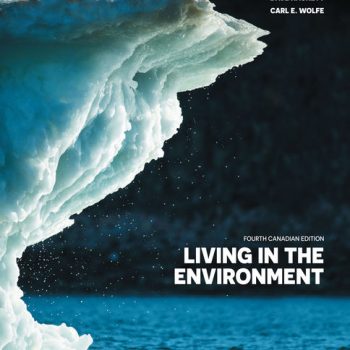
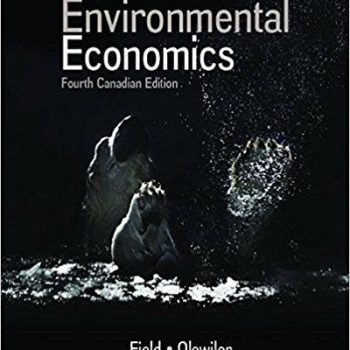
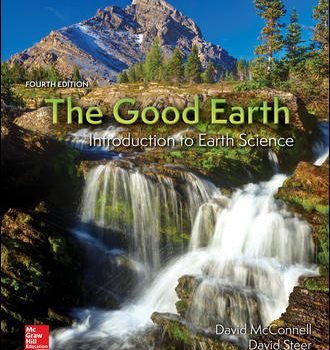
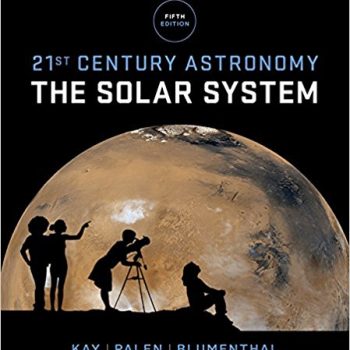
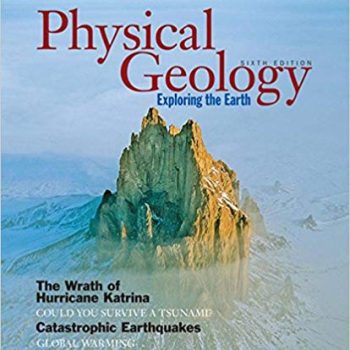
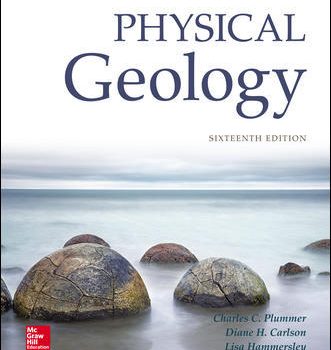
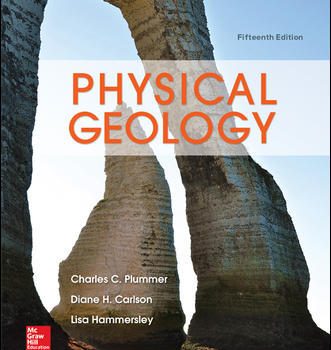
Reviews
There are no reviews yet.